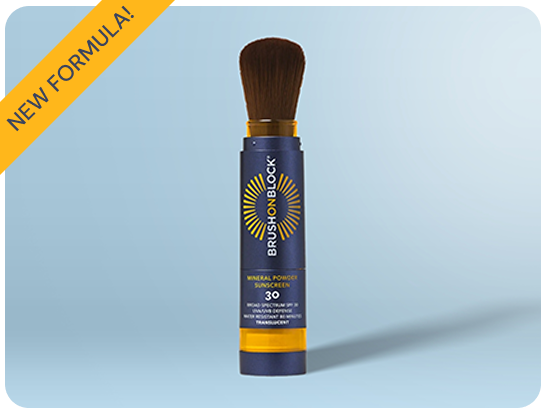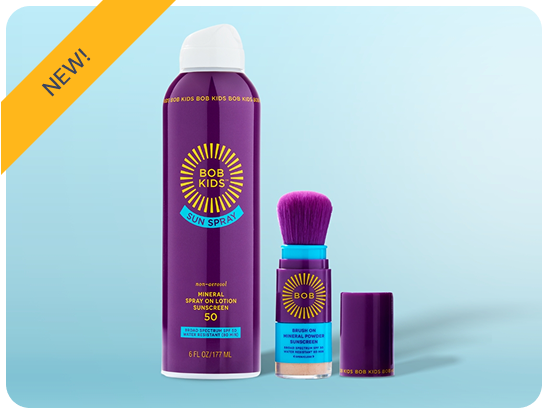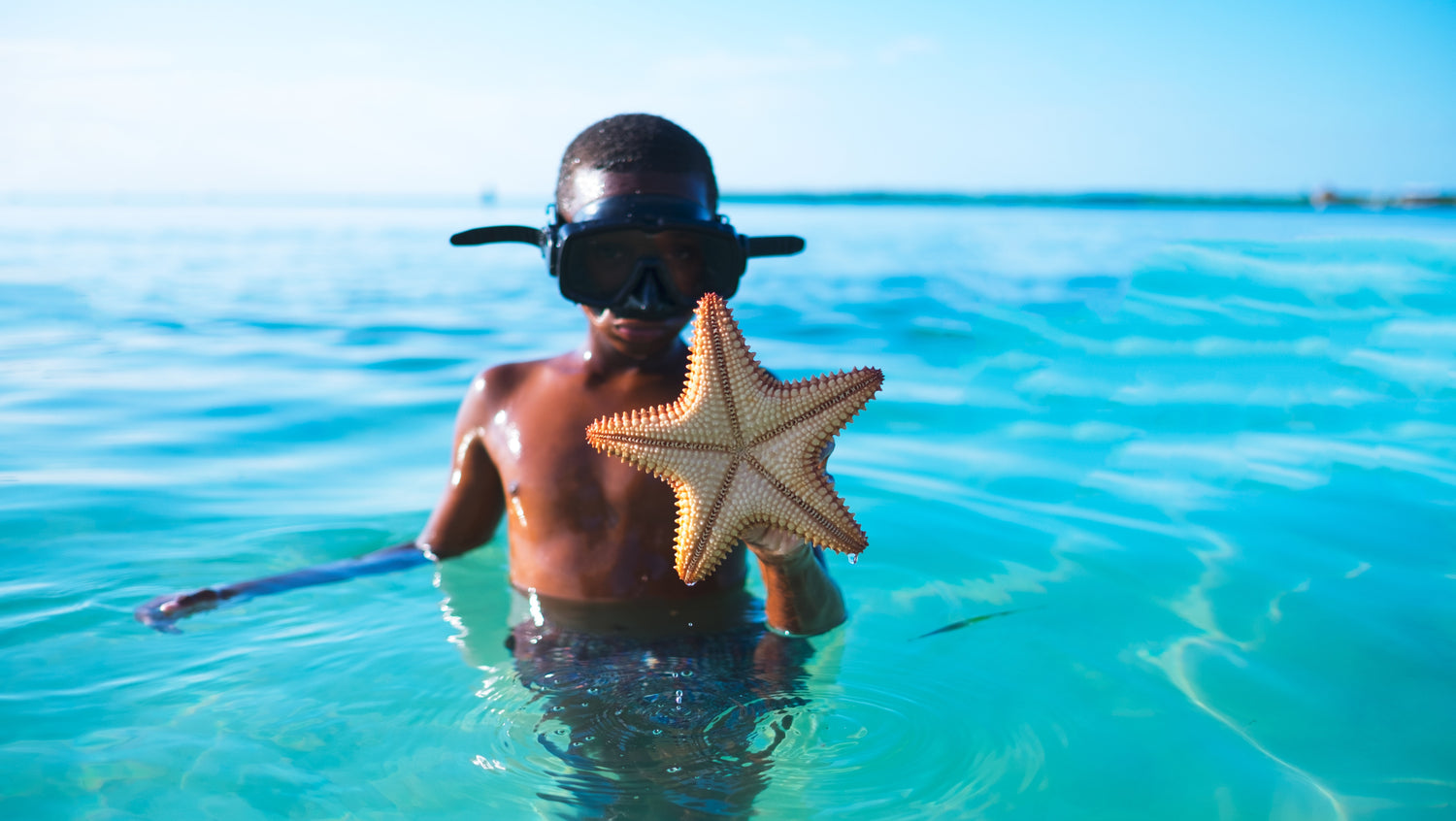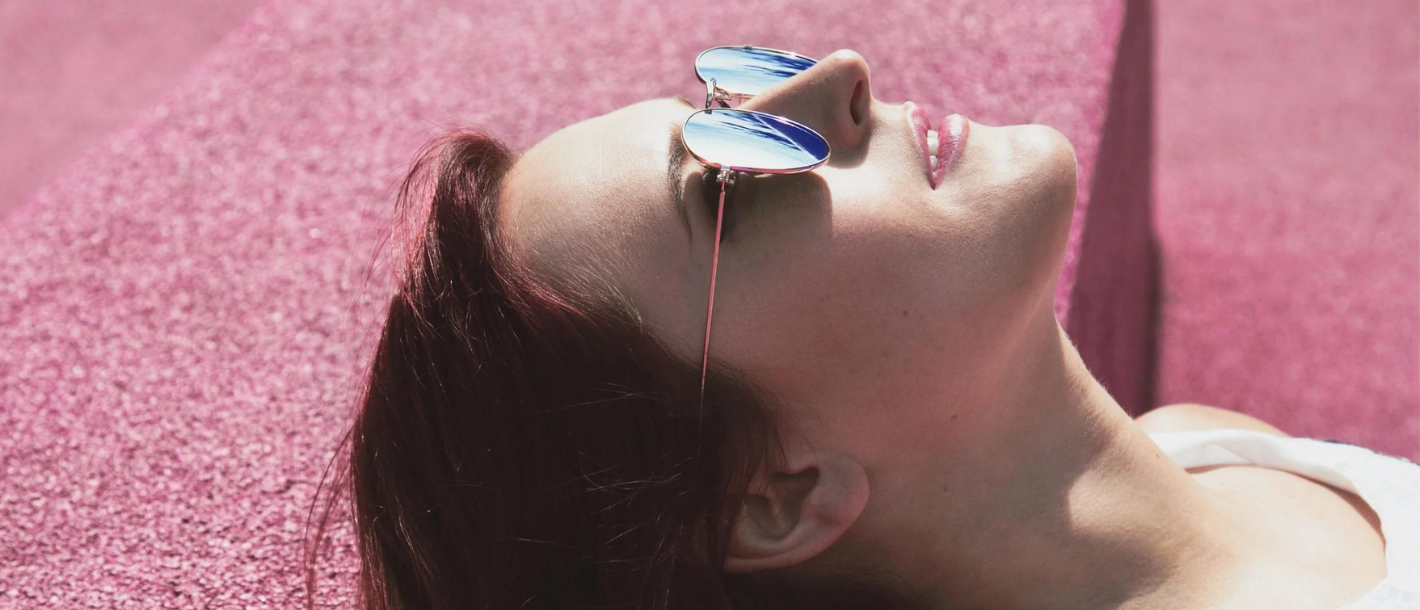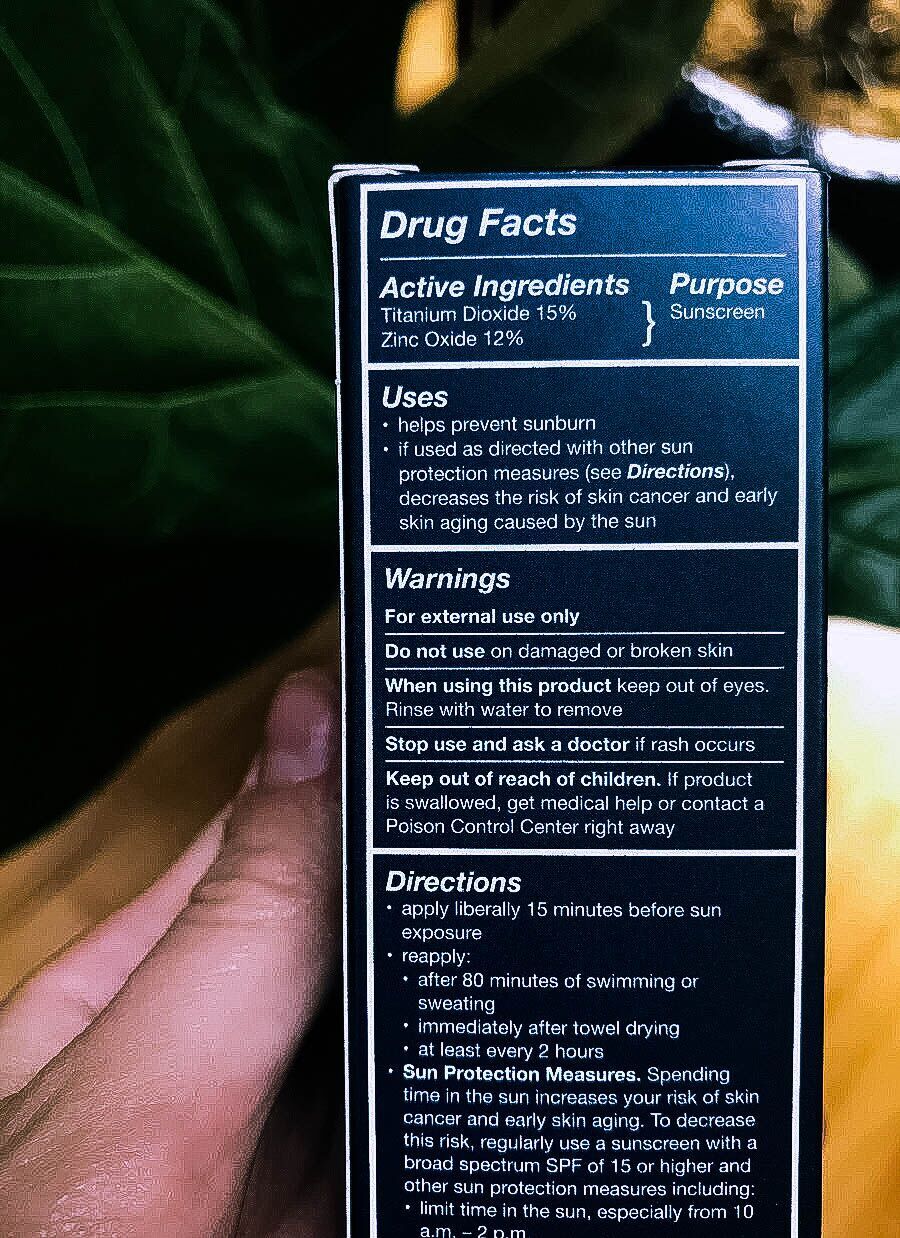Some sunscreen ingredients may be harming coral reefs and waterways. What is a reef-safe sunscreen? If you plan to snorkel or scuba on vacation, what should you know?
If you're planning to snorkel or scuba dive on your next vacation, you need to wear the right sunscreen. Unfortunately, some popular ingredients in SPF products are coating the water's surface and harming marine life. Research shows that ingredients such as oxybenzone, among others, can lead to fatal coral reef bleaching. This pollutant causes the tiny algae — which live in corals and give them their spectacular color — to die, leaving nothing but the coral's white skeleton.
Sunscreen comes in two forms: physical and chemical blockers. Physical sunscreens like BRUSH ON BLOCK® use a natural mineral powder to protect your skin. The active ingredients in Brush On Block, zinc oxide and titanium dioxide act as a shield and reflect the sun's rays without harming marine life. Chemical sunscreens, on the other hand, are absorbed into the skin and convert and neutralize ultraviolet light radiation to protect you from sun damage. Chemical ingredients may be harmful to you and the environment.
Even a small amount of oxybenzone can do a lot of damage. Scientists suggest that coral is damaged when oxybenzone exceeds a concentration of 62 parts per trillion, which is equal to one drop of water in six and a half Olympic-sized swimming pools. In Honolua Bay on Maui, oxybenzone was detected at nearly 2,000 parts per trillion. Worldwide, the amount of sunscreen entering coral reefs each year is estimated to be between 8,000 to 16,000 tons.
You can do your part to help marine life by wearing the right sunscreen. Physical sunscreens like Brush On Block are safer for both your skin and the environment. Make an impact by choosing wisely.
